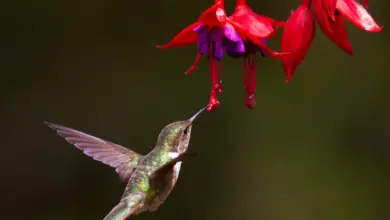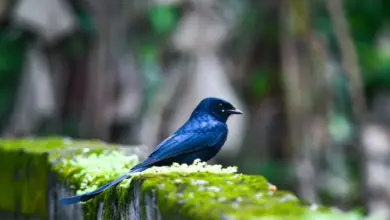American Black Vulture
A common New World vulture, the American Black Vulture, or Black Vulture, Coragyps atratus is unrelated to the Eurasian Black Vulture. The latter species is an Old World vulture in the family Accipitridae (which includes eagles, hawks, kites, and harriers), whereas the American species is a New World vulture in the family Cathartidae. It is the only extant member of the genus Coragyps.
In the United States, this vulture receives legal protection under the Migratory Bird Treaty Act of 1918.
Distribution / Range
The American Black Vulture tends to have a more southerly distribution than its compatriot, the Turkey Vulture, which breeds well into Canada.
These vultures are found in open regions in the southeastern United States, Mexico, Central America, and South America. They are usually permanent residents.
Description:
The American Black Vulture is a very large bird of prey, measuring 65 centimeters (25.5 in) in length, with a 1.5 meter (5 ft) wingspan and a weight of 2-2.75 kilograms (4.5-6 lb).
- Its plumage is mainly glossy black.
- The head and neck are featherless and the skin is dark gray and wrinkled.
- Eyes: The iris of the eye is brown and has a single incomplete row of eyelashes on the upper lid and two rows on the lower lid.
- The legs are grayish-white, while the two front toes of the foot are long and have small webs at their bases.
- The feet are flat, relatively weak, and are poorly adapted to grasping; the talons are also not designed for grasping, as they are relatively blunt.
- The nostrils are not divided by a septum, but rather are perforate; from the side, one can see through the beak.
- The wings are broad but relatively short. The bases of the primary feathers are white, producing a white patch on the underside of the wing’s edge, which is visible in flight.
- The tail is short and square, barely reaching past the edge of the folded wings.
The subspecies differ in size according to Bergmann’s Rule, and the amount of white underwing coloration also varies. As it probably forms a cline over its entire range, the species is often considered monotypic (a genus consisting of only one species).
A leucistic (reduced pigmentation) Coragyps atratus brasiliensis was observed in Piñas, Ecuador in 2005. It had white plumage overall, with only the tarsus and tail as well as some undertail feathers being black. It was not an albino as its skin seemed to have had the normal, dark color and it was part of a flock of some twenty normally-plumaged individuals.
Diet / Feeding:
The American Black Vulture is a scavenger and feeds on carrion, but will also eat eggs or kill newborn animals. They may also eat decomposing plant material.
In areas populated by humans, it also feeds at garbage dumps. It finds its meals either by using its keen eyesight or by following other (New World) vultures, which possess a keen sense of smell.
These birds on occasion forage in groups. They soar high when searching for food, holding their wings flat when gliding.
Call / Song:
Lacking a syrinx—the vocal organ of birds—its only vocalizations are grunts or low hisses.
Breeding / Nesting:
The female lays 2 or 3 eggs on the ground in a wooded area or a hollow log or other cavity. Both parents incubate and feed the young, regurgitating food at the nest site.
Though not have any natural predators, they have become scarce in some areas due to a lack of suitable nesting habitat. They are known to regurgitate when approached or disturbed, which in birds, besides being a sign of nervousness, assists in predator deterrence and taking flight (by decreasing takeoff weight).
Status:
In Canada, Mexico, and the United States, this species receives special legal protections as covered under the Migratory Bird Treaty Act of 1918.
Fossil history, Oregon USA, and specifics
From the Early to the Late Pleistocene a prehistoric species of Black Vulture, Coragyps occidentalis, occurred all over the present species’ range.
This bird did not differ much from the Black Vulture of today except by its size, which was about 10-15% larger, its relatively flatter and wider bill (Fischer 1944), filled the same ecological niche as the living form (Hertel, 1995), and indeed seems to have evolved into it by becoming smaller during the last ice age (Howard, 1962).
Well documented from fossil bones, the genus Coragyps gives a rare glimpse into the evolutionary dynamics of two chronospecies. The final stages of this evolutionary transformation must have been witnessed by humans: a subfossil bone of the extinct species was found in a Paleo-Indian to Early Archaic (9000-8000 years BCE) midden at Five Mile Rapids near The Dalles, Oregon (Miller, 1957).



